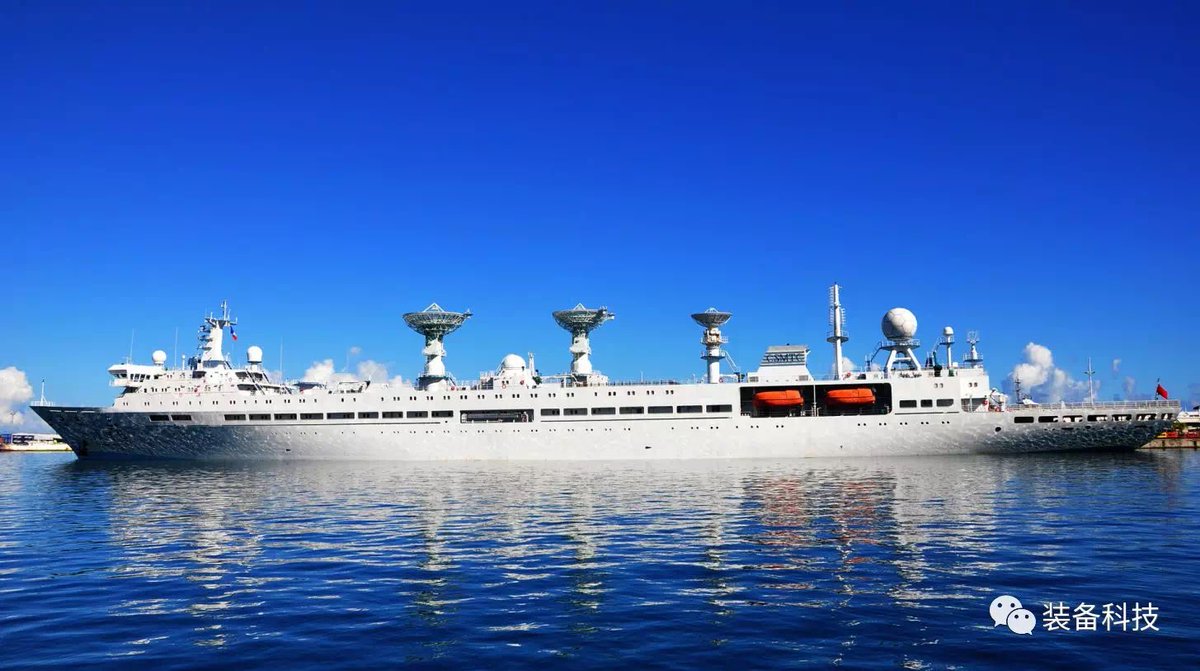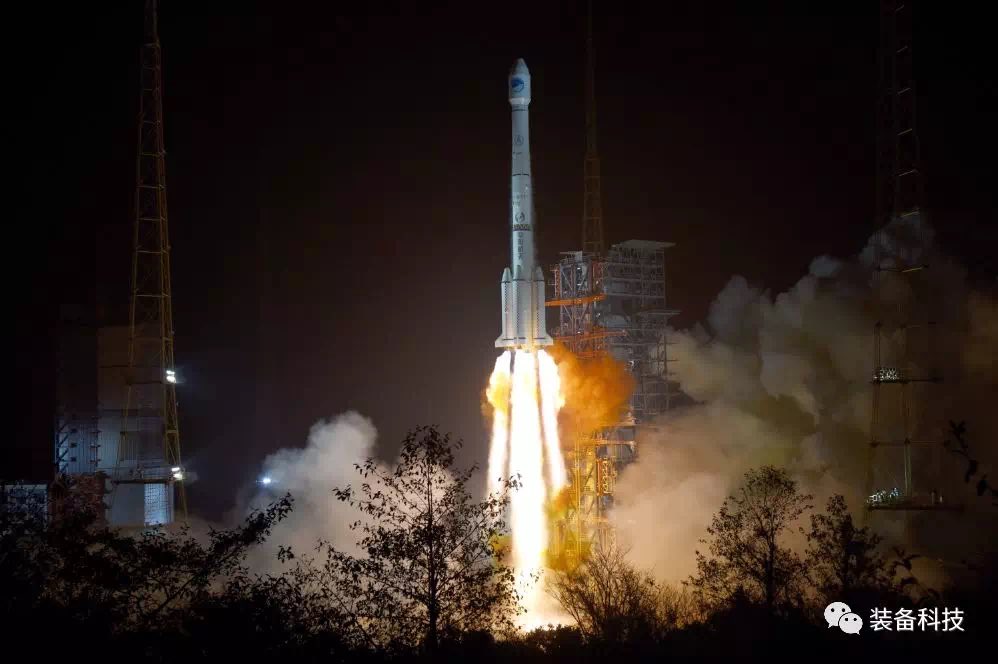From Henri K blog
China yesterday managed its first space flight of the year by putting into orbit the 3rd and 4th satellites for the
Superview-1 observation constellation .
The
CZ-2D rocket carrying the two payloads took off from the Taiyuan Space Launch Center (TSLC) on January 9 at around 11:24 local time, under a temperature of -20 ° C.
It is a purely commercial constellation that will consist mainly of 16 optical satellites with a resolution of 0.5 m, completed by 4 very high resolution optical satellites, 4 radar satellites and an undetermined number of video and hyper satellites. -spectral. The Chinese aerospace group CASC, its owner, calls it a "16 + 4 + 4 + X commercial remote sensing constellation."
The start
Designed by the Shanghai Academy of Spaceflight Technology (SAST), a subsidiary of the CASC Group, the CZ-2D is a two-stage rocket whose design derives directly from another Chinese
CZ-4A launcher designed by the same entity.
This older generation rocket is used primarily for LEO and Sun-synchronous orbit (SSO) launches. Its capacity is 3,500 kg in circular LEO 200 km x 28 °, or 1,300 kg in SSO to 645 km.
The first flight dates back to August 1992, placing in orbit a Chinese spy satellite with return capsule. Note that when launching the first two Superview-1 satellites, the CZ-2D Y39 rocket showed an anomaly and the satellites were injected into a non-circular orbit, with the perigee much lower than expected.
The latter had to use their own propellants to reach the target orbit, which significantly reduced their lifespan.
Unlike the launch of Superview-1 satellites 01 and 02, a message to aircrafts (NOTAM) was published this time, which should correspond to the fallout area of the caps.
A0038 / 18
Q) ZXXX / QRTCA / IV / BO / W / 000/999 / 2955N10910E030
A) ZPKM ZHWH B) 1801090317 C) 1801090346
E) A TEMPORARY RESTRICTED AREA ESTABLISHED BOUNDED BY:
N301923E1092844-N302353E1090419-N293054E1085132-N292628E1091543
BACK TO START .VERTICAL LIMITS: GND-UNL.
F) GND G) UNL
The ground trajectory of the CZ-2D launcher when launching the two Superview-1 satellites (Image: East Pendulum)
Note that this is also the third flight of CZ-2D in the space of 37 days. The rocket carries the serial number Y40, which means it's the 40th product, and the mission code is 05-57.
Superview-1 commercial optical satellites
Designed by China SpaceSat, a subsidiary of the CAST Institute, itself attached to the Chinese aerospace group CASC, the two new Superview-1 satellites 03 and 04 are also being developed on the basis of the satellite platform
CAST-3000B as their elders .
Each of these two satellites weighs approximately 560 kg and will remain 8 years in sun-synchronous orbit of 530 km altitude.
An image taken by the first two Superview-1, operational since April 2017.
On-board cameras will provide panchromatic resolution of 0.5m, and 2m multispectral. The nominal angle of view is 30 ° but can reach 45 ° maximum for important missions, with a swath width of 12 km. The positioning accuracy on the ground is less than or equal to 20 meters.
Each satellite has 2TB storage space and can capture approximately 700,000km² each day. With the two new satellites launched yesterday,
currently in orbit will form a first constellation on the same orbital plane, spaced 90 ° from each other, and will allow to revisit the ten largest cities in China every three days. The data will be transferred to the ground at a rate of 2 × 450 Mbps and operated by
.
Since the first two Superview-1 satellites came into service in April 2017, more than 225,000 images have been taken covering an area of 24.56 million km². Siwei has already signed cooperation agreements with about 20 foreign satellite image resellers, and
.
In order for the entire system with 16 + 4 + 4 + X satellites to be in place by 2022, the current plan calls for between one and two launches per year, starting in 2018. The complete constellation will then make it possible to visit once by day any point on Earth, and compete not only with Western players like WorldView and GeoEye, but also future Chinese operators like the
Jilin-1 constellation .
Both Superview-1 satellites 03 and 04 (Image; CCTV-7)
At the moment, nine objects have been listed by NORAD, related to this launch, including six categorized as CZ-2D rocket debris, probably backcutt masks.
Objects A and B should correspond to the two satellites that are currently in an orbit of 517 km × 536 km × 97.58 °. Object C, meanwhile, should be either the load separator or the bucket
Historical statistics
Statistically, this launch of Superview-1 satellite 03 and 04 is the first Chinese space launch in 2018, the 36ᵉ for the CZ-2D launcher, and the 261ᵉ for the Long March launchers family.
For now, the Long March rockets of the group CASC total 250 successes and 11 failures, a success rate of 95.79%.
Here is the tracking chart of all the Chinese space launches since the first one of 1970, including those which are not realized by the launchers Long March, and that by space center in China -


